Why Seletar Park Residence Underperformed—Despite Its District 28 Location And Large Unit Sizes
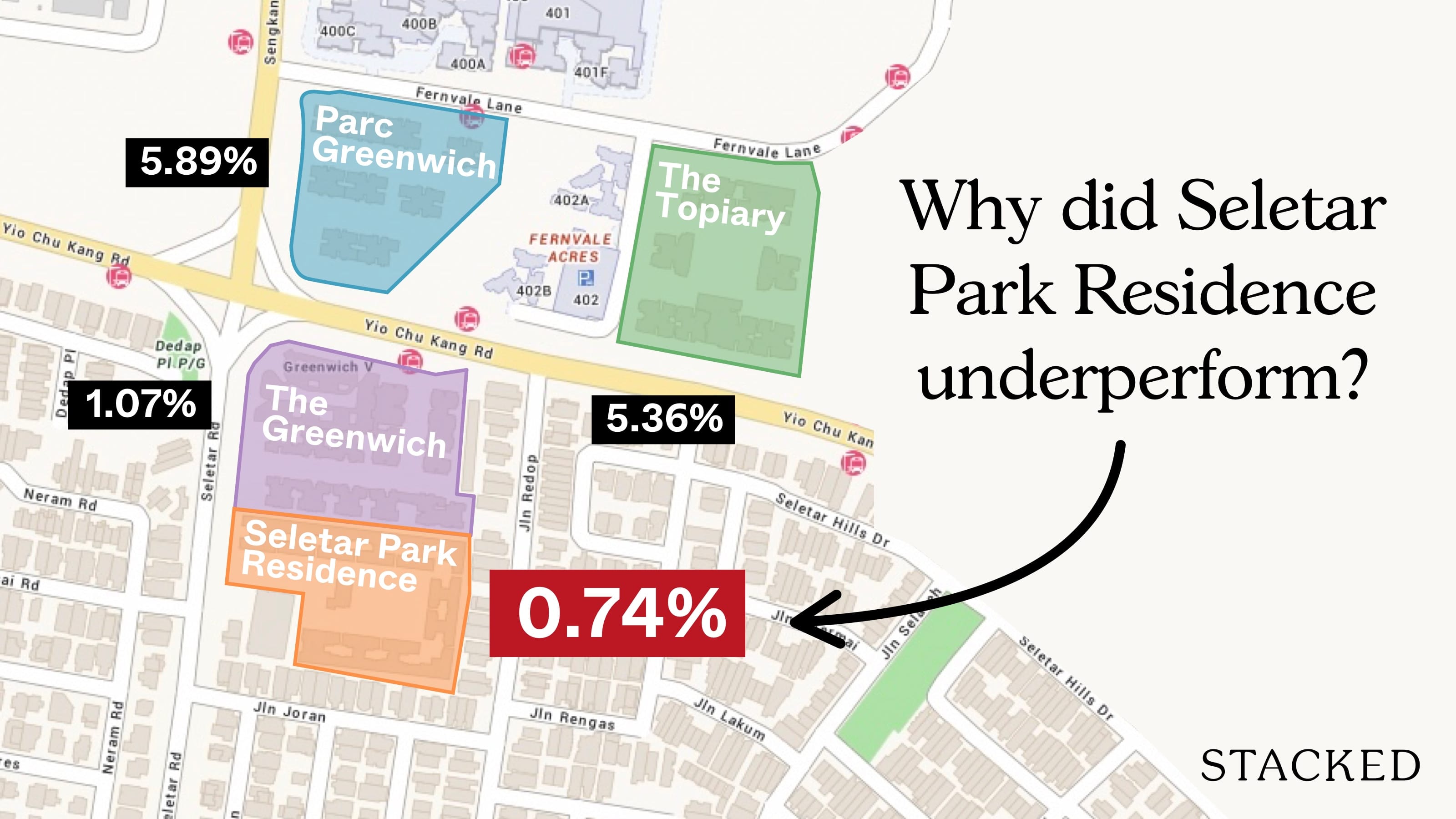
Get The Property Insights Serious Buyers Read First: Join 50,000+ readers who rely on our weekly breakdowns of Singapore’s property market.
A seasoned content strategist with over 17 years in the real estate and financial journalism sectors, Ryan has built a reputation for transforming complex industry jargon into accessible knowledge. With a track record of writing and editing for leading financial platforms and publications, Ryan's expertise has been recognised across various media outlets. His role as a former content editor for 99.co and a co-host for CNA 938's Open House programme underscores his commitment to providing valuable insights into the property market.
In this Stacked Pro breakdown:
Overview
We tracked the price movements of Seletar Park Residence from its launch in 2012 up till 2024, and compared its performance to other 99-year leasehold projects in District 28, including nearby developments like The Topiary and The Greenwich. We also broke down its average quantum and resale profitability to understand what’s behind the project’s modest returns.
Key Insight
With an annualised return of just 0.74%, Seletar Park Residence has clearly underperformed, but not necessarily for the reasons you’d expect. Rather than fundamental flaws in the project, its weak performance seems to stem from mismatched pricing expectations and strong competition from nearby Executive Condominiums (ECs).
Ryan J. Ong
A seasoned content strategist with over 17 years in the real estate and financial journalism sectors, Ryan has built a reputation for transforming complex industry jargon into accessible knowledge. With a track record of writing and editing for leading financial platforms and publications, Ryan's expertise has been recognised across various media outlets. His role as a former content editor for 99.co and a co-host for CNA 938's Open House programme underscores his commitment to providing valuable insights into the property market.Read next from Property Investment Insights
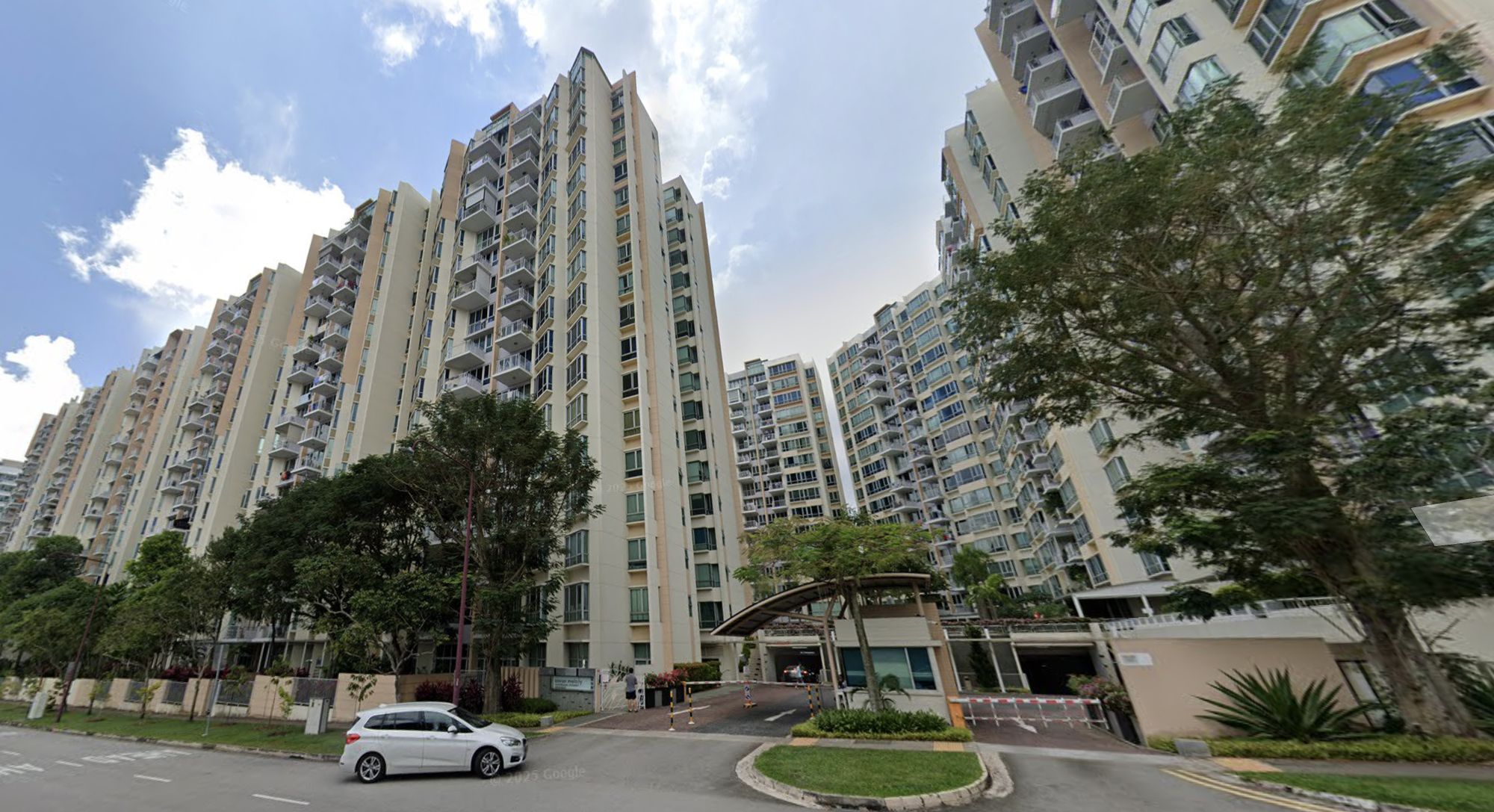
Property Investment Insights This 21-Year-Old Condo Didn’t Sell Out Initially, Yet Became A Top Performer
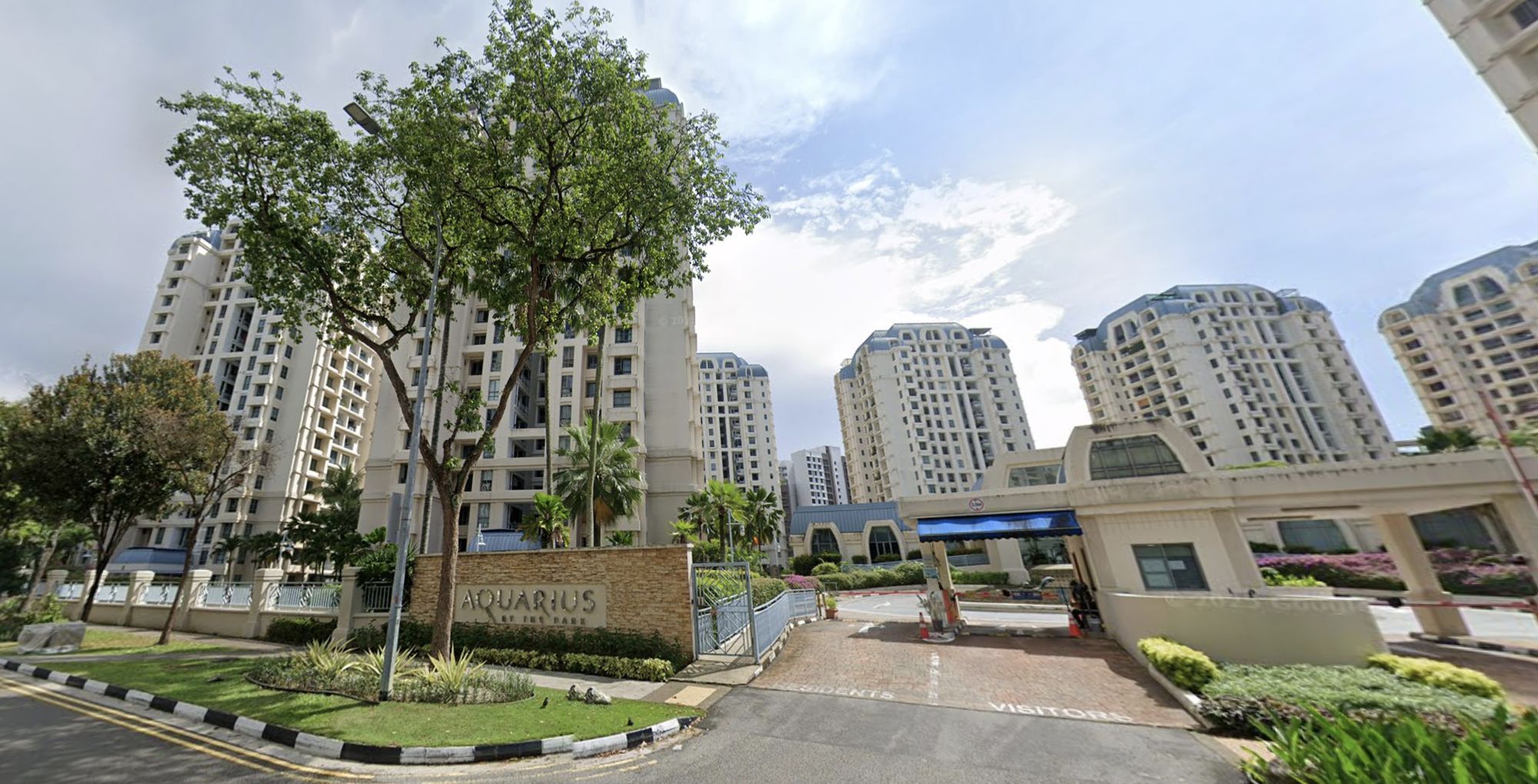
Property Investment Insights How A Once “Ulu” Condo Launched In 1997 Became A Top Performer
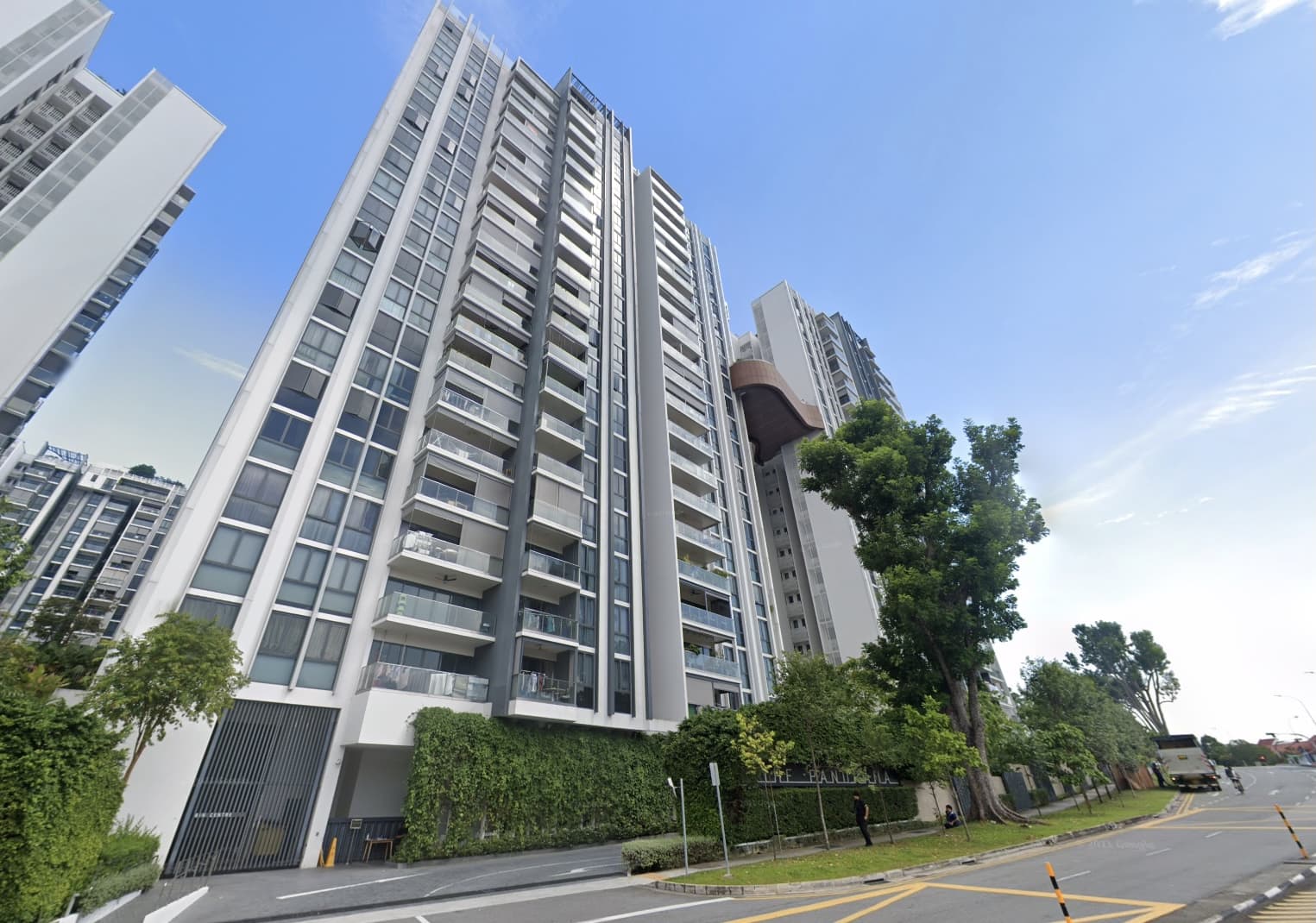
Property Investment Insights This 698-Unit Ang Mo Kio Condo Launched At The Wrong Time — And Still Outperformed Peers
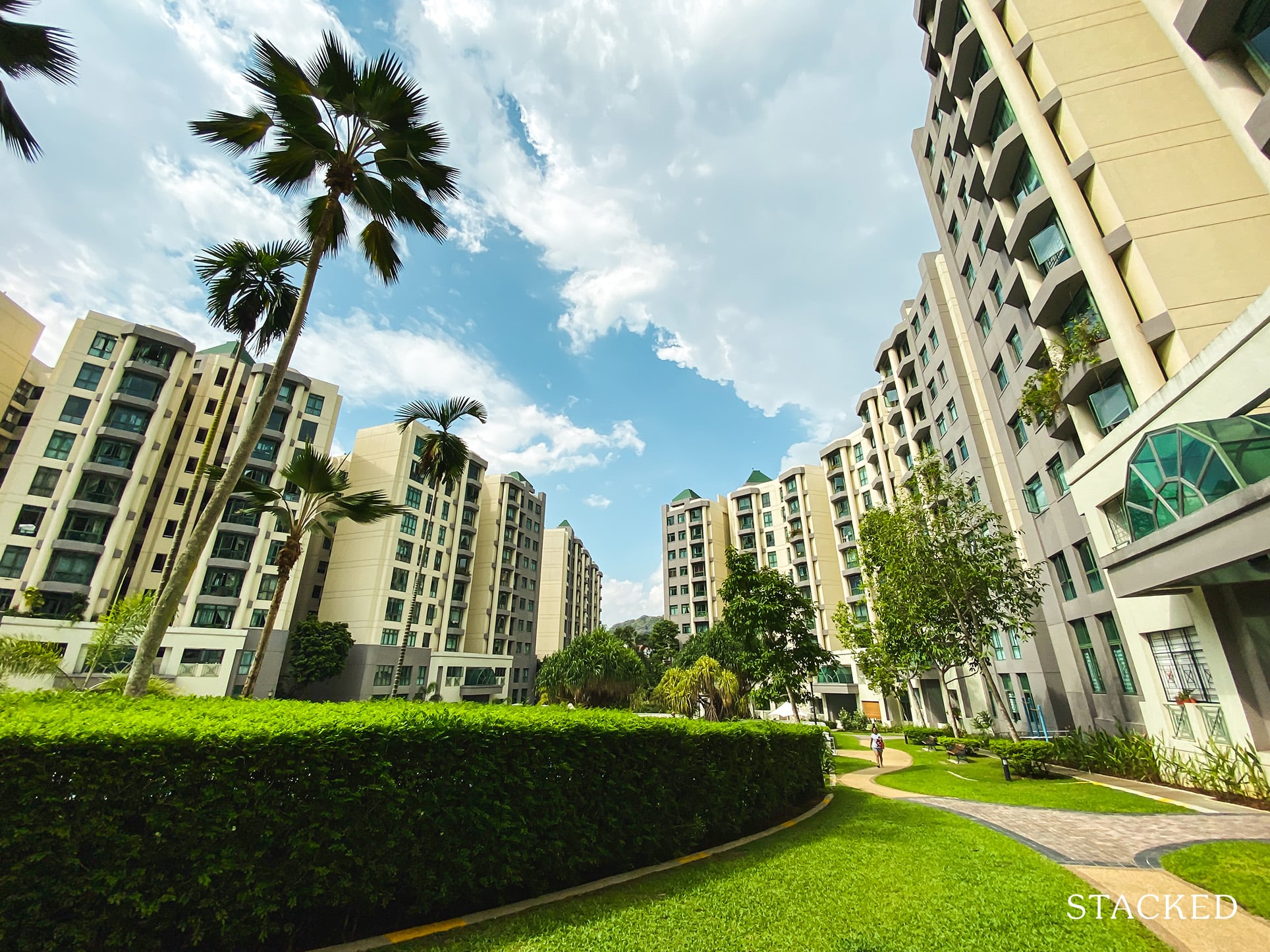
Property Investment Insights These Resale Condos In Singapore Were The Top Performers In 2025 — And Not All Were Obvious Winners
Latest Posts
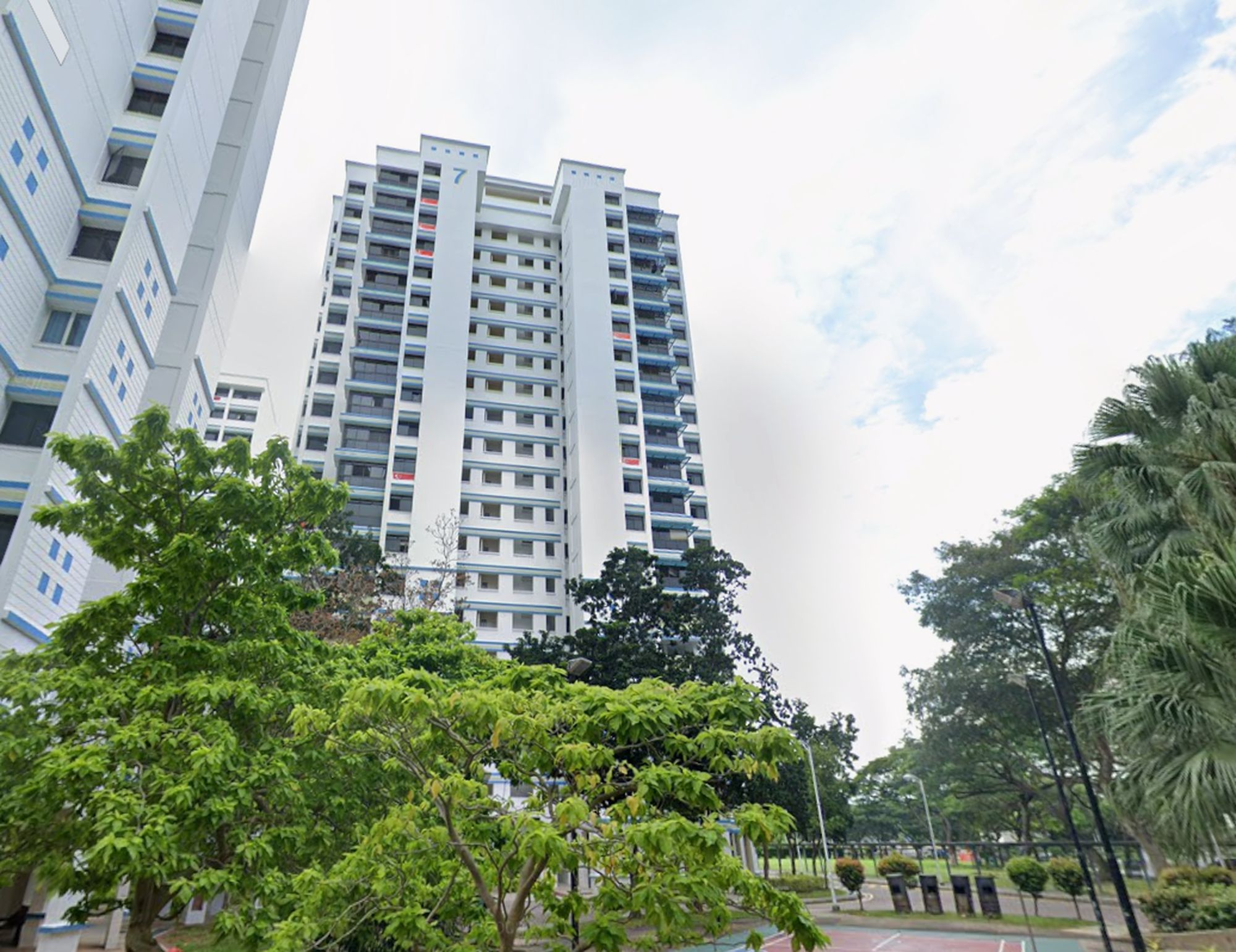
Singapore Property News This HDB Just Crossed $1.3M For The First Time — In An Unexpected Area

Singapore Property News “I Never Thought I’d Be Sued by a Tenant.” What Long-Time Landlords in Singapore Miss
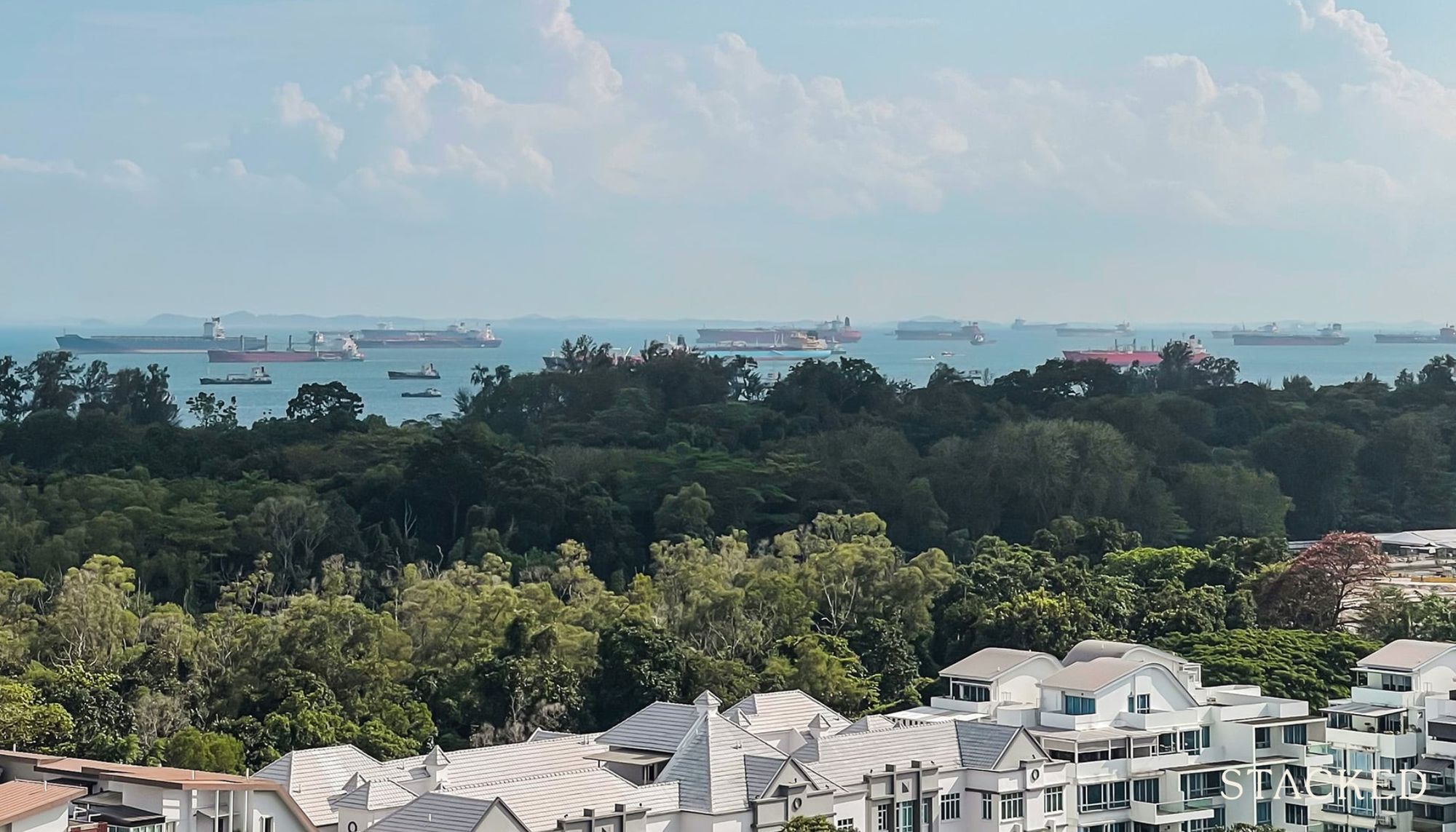
Property Market Commentary I Lived In Bayshore When It Was ‘Ulu’. Here’s How Much It Has Changed
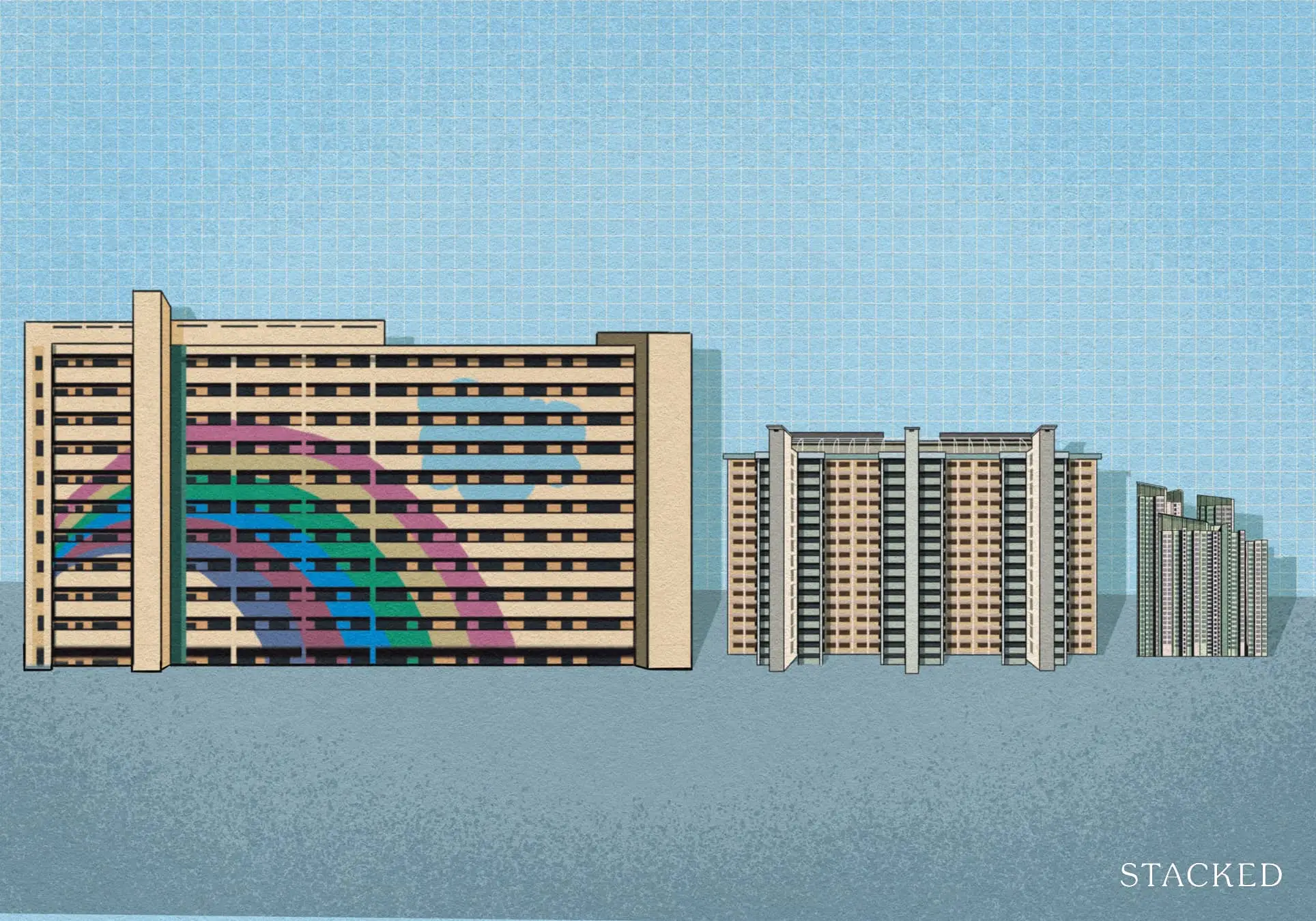
Singapore Property News HDB Resale Prices Finally Slowed in 2025 — Will It Continue in 2026?
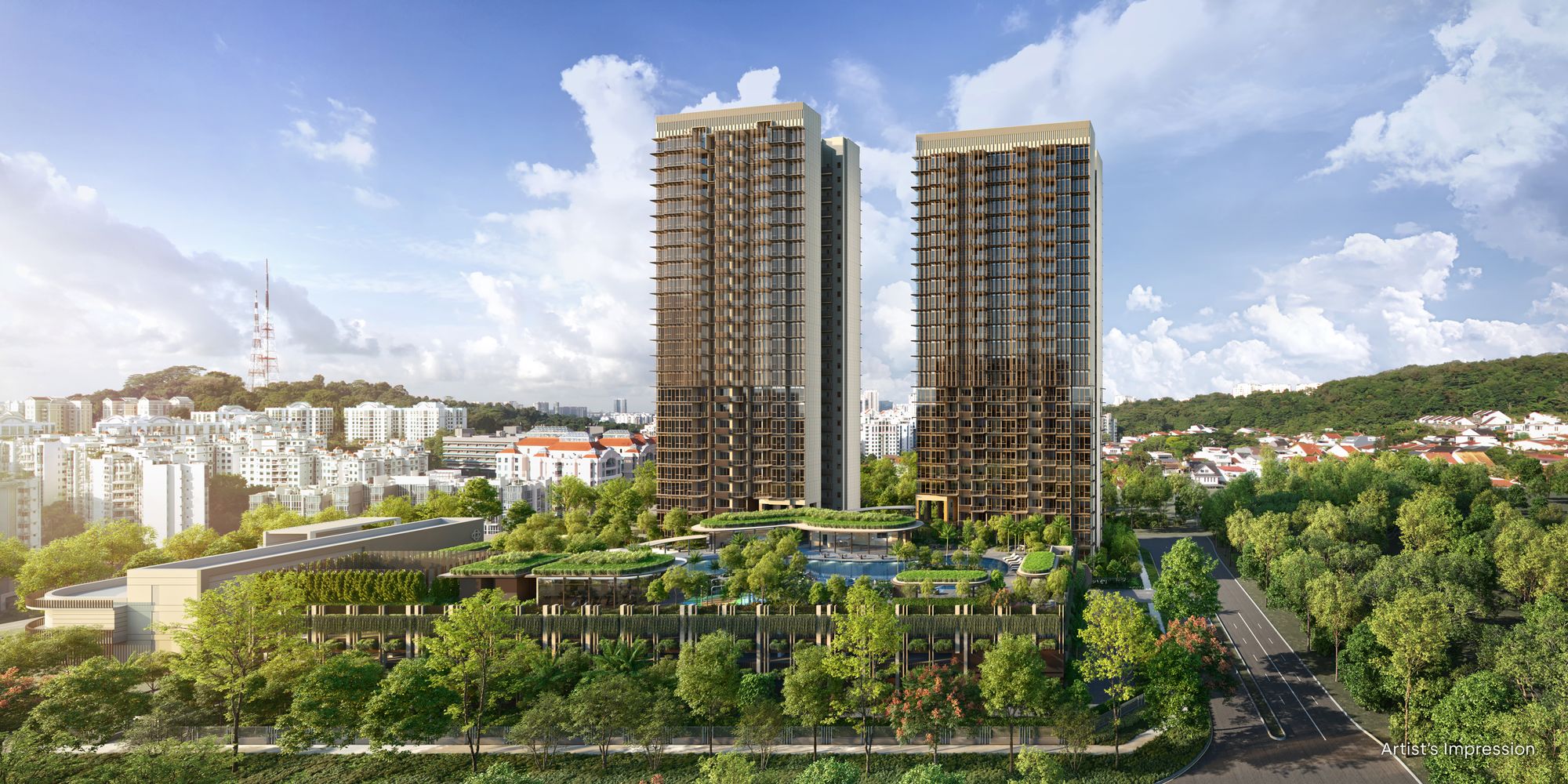
Singapore Property News Breaking News: District 23 Condo Sells Out In Under Two Years At $2,120 Psf Average
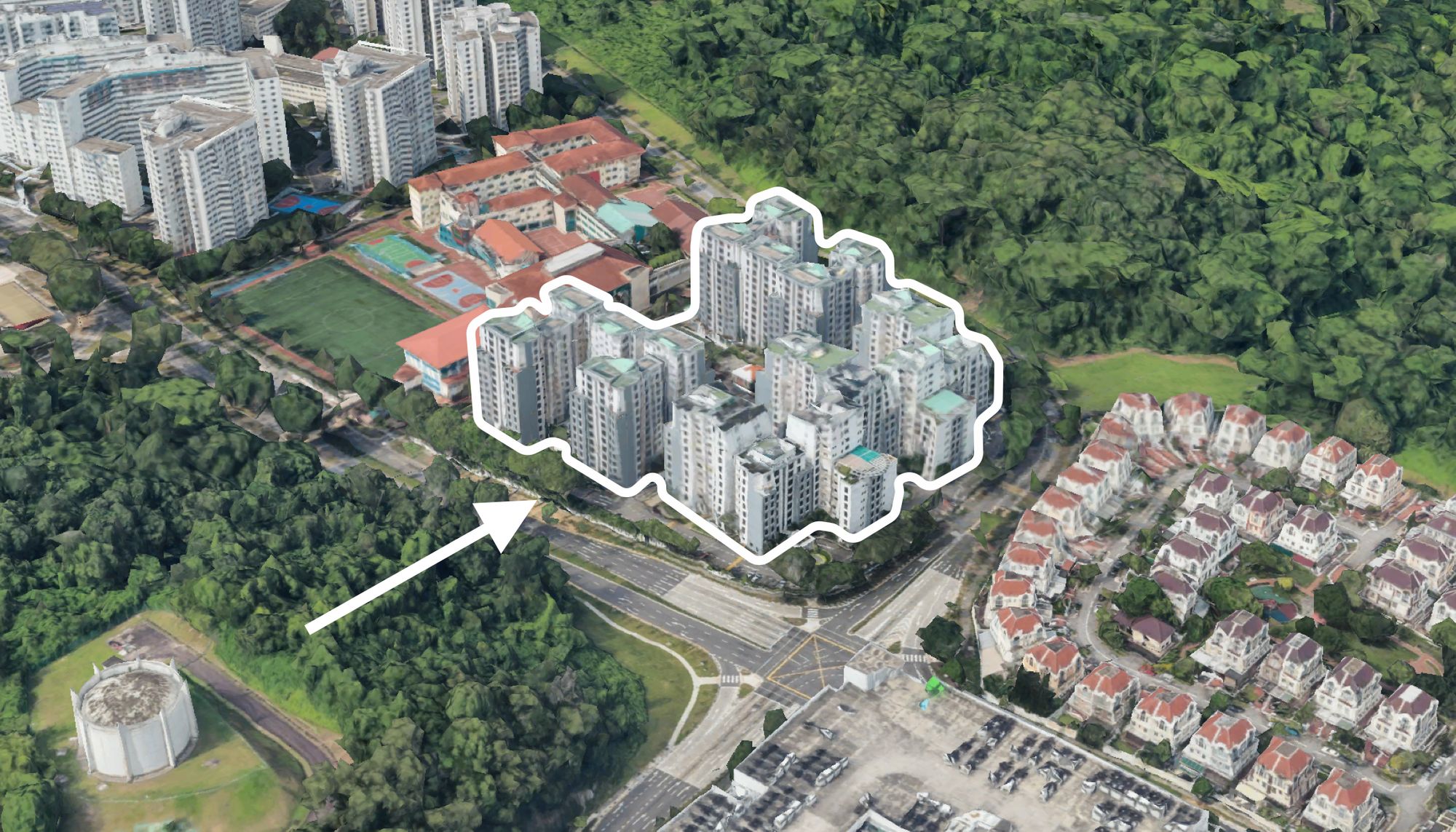
On The Market Here Are The Cheapest 3-Bedroom Condos in Central Singapore You Can Still Buy From $1.15M
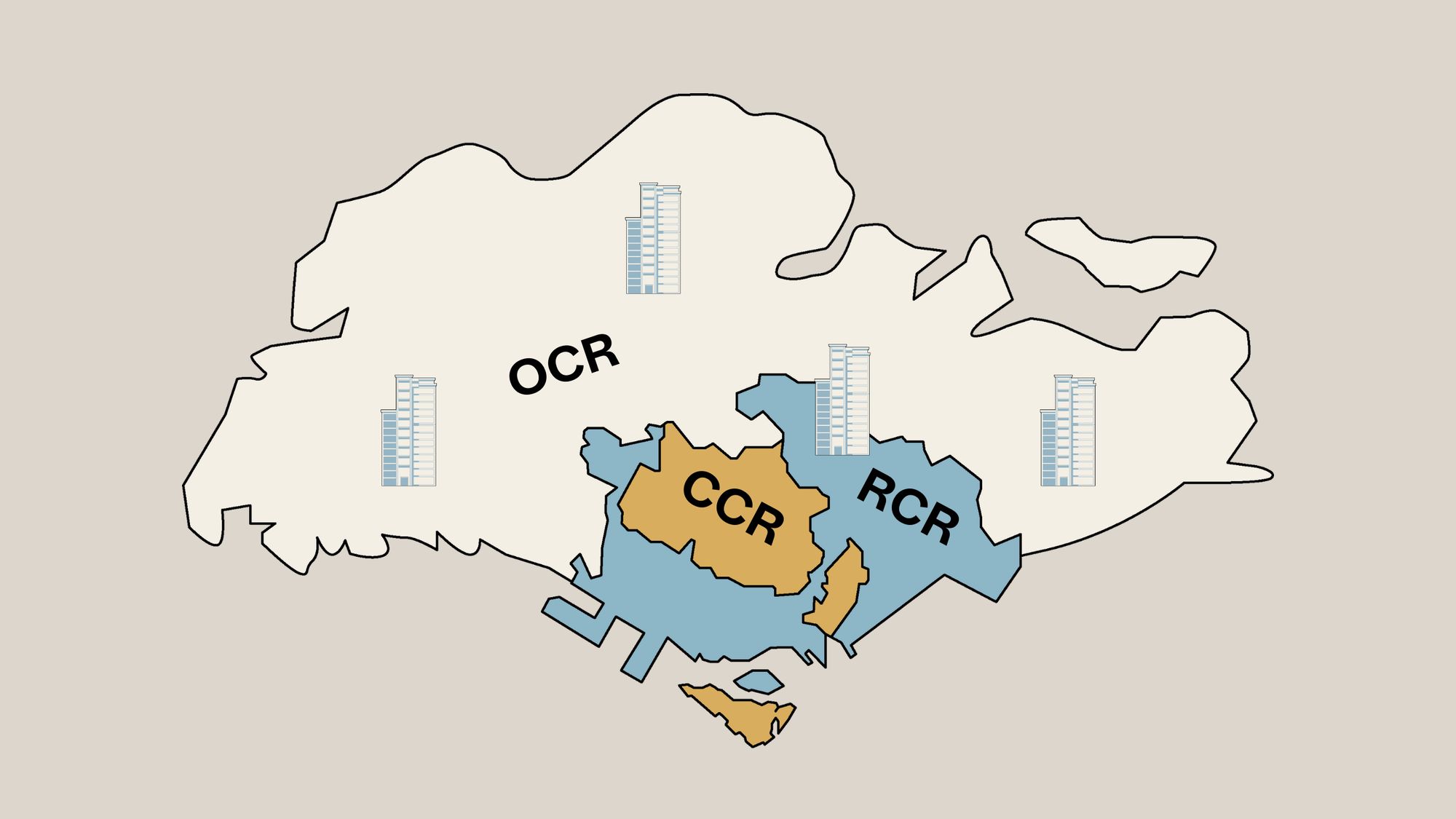
Property Market Commentary Why The Singapore Property Market Will Be Different In 2026 — And It’s Not Just About Prices
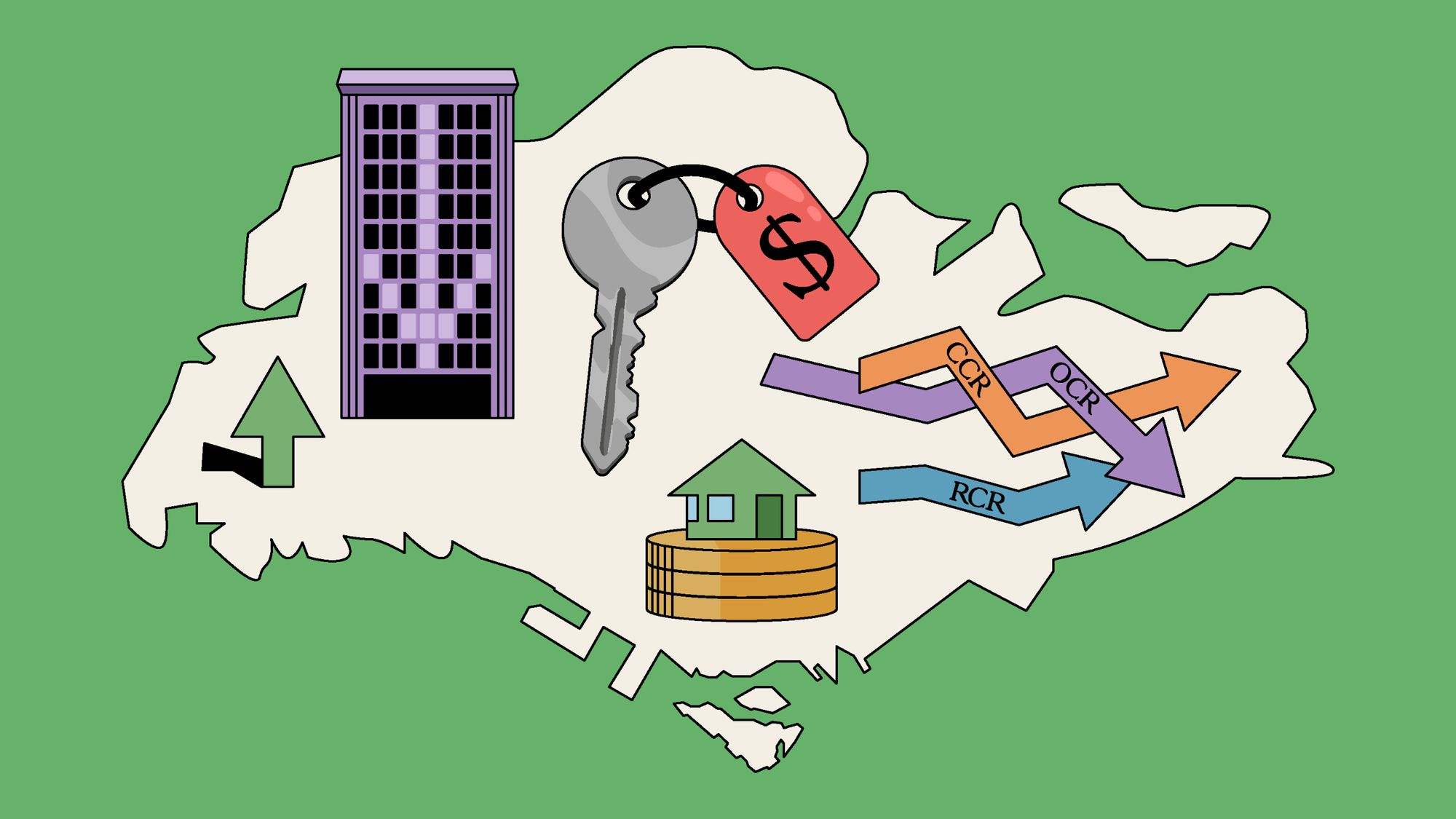
Editor's Pick 2025 Year-End Review Of The Singapore Property Market: What The Numbers Reveal
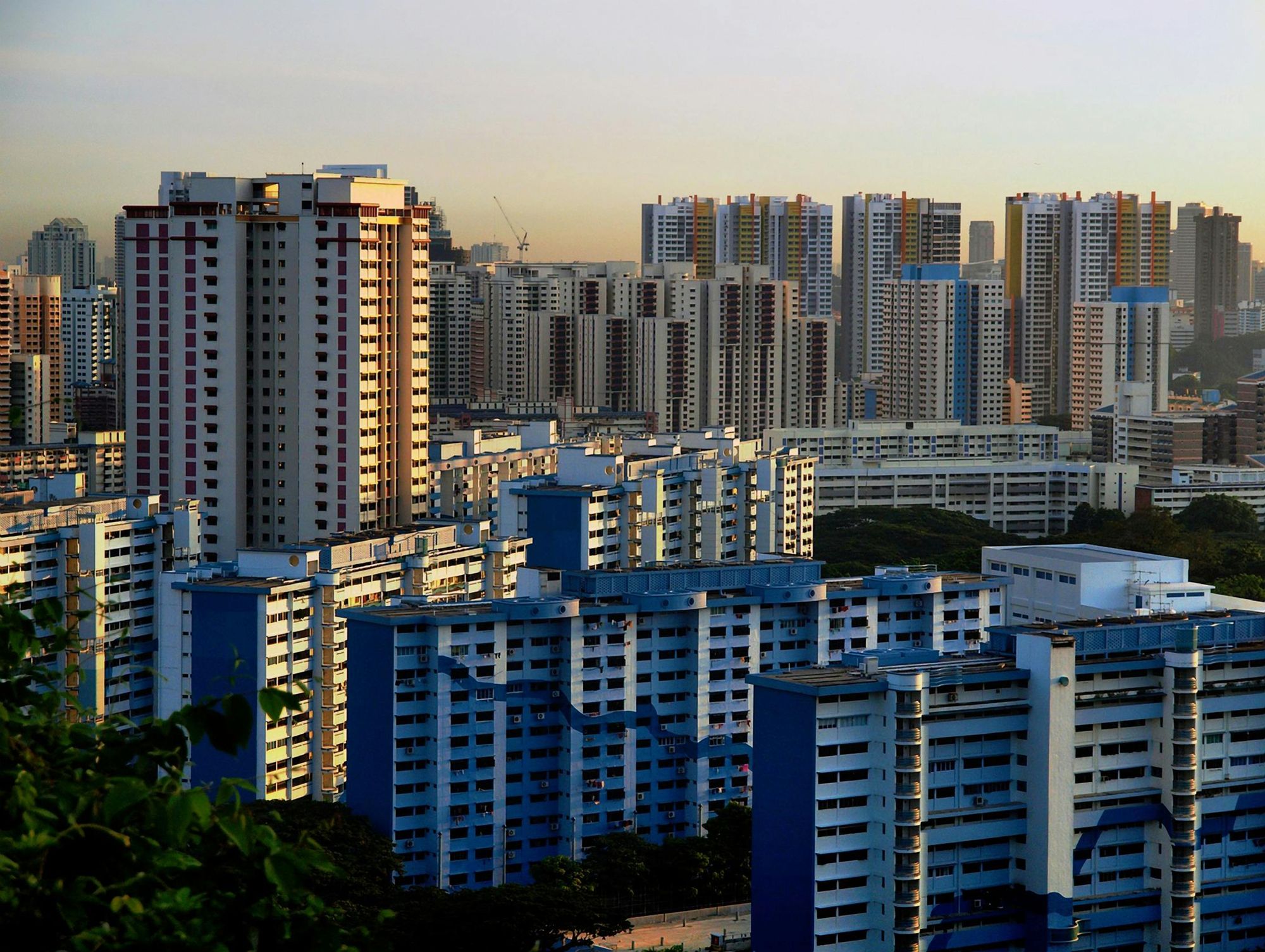
Editor's Pick How The HDB Resale Market Performed In 2025, And What It Means For 2026 Prices
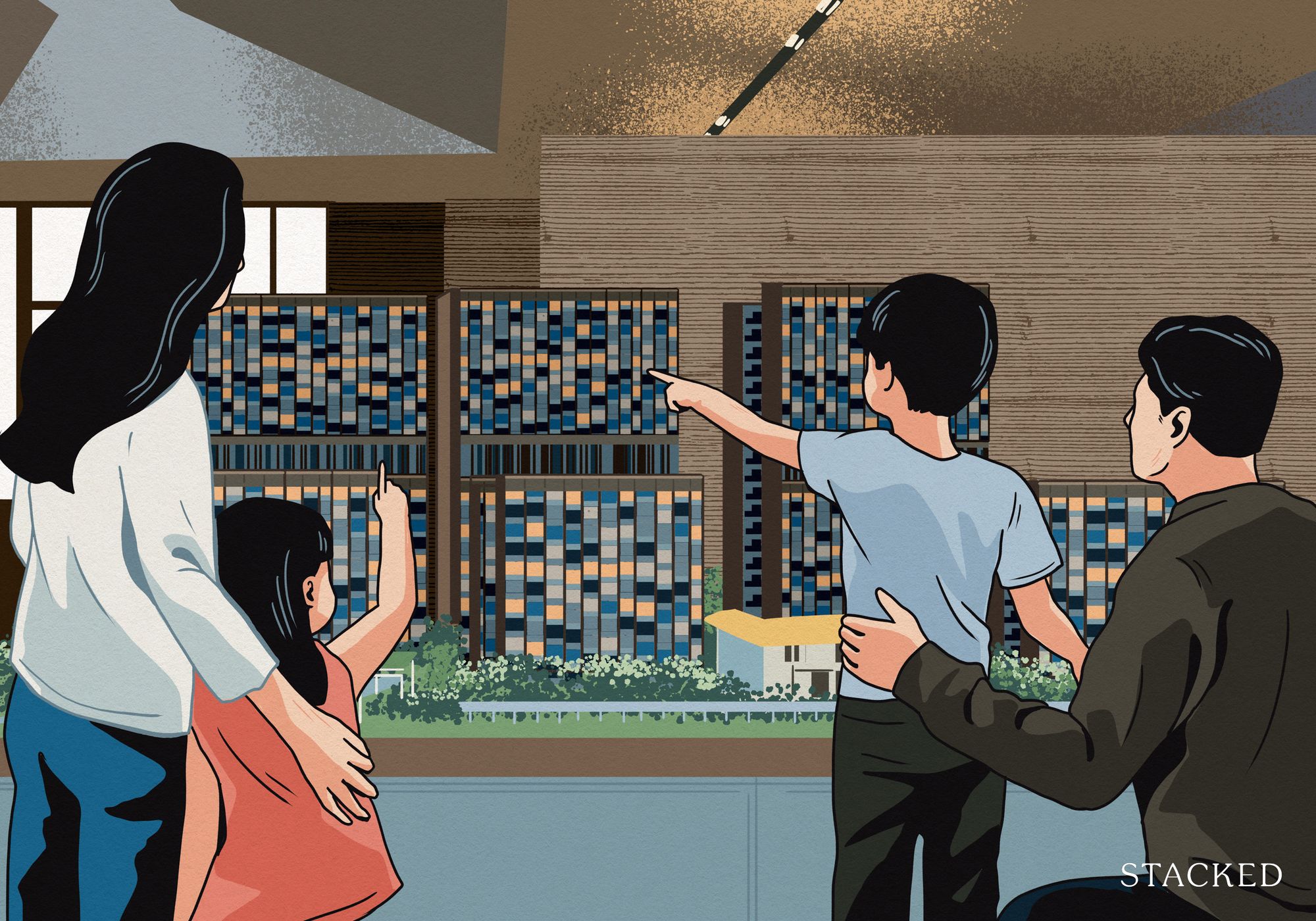
Editor's Pick 4 Key Trends Reshaping Singapore’s New Launch Condo Market In 2026
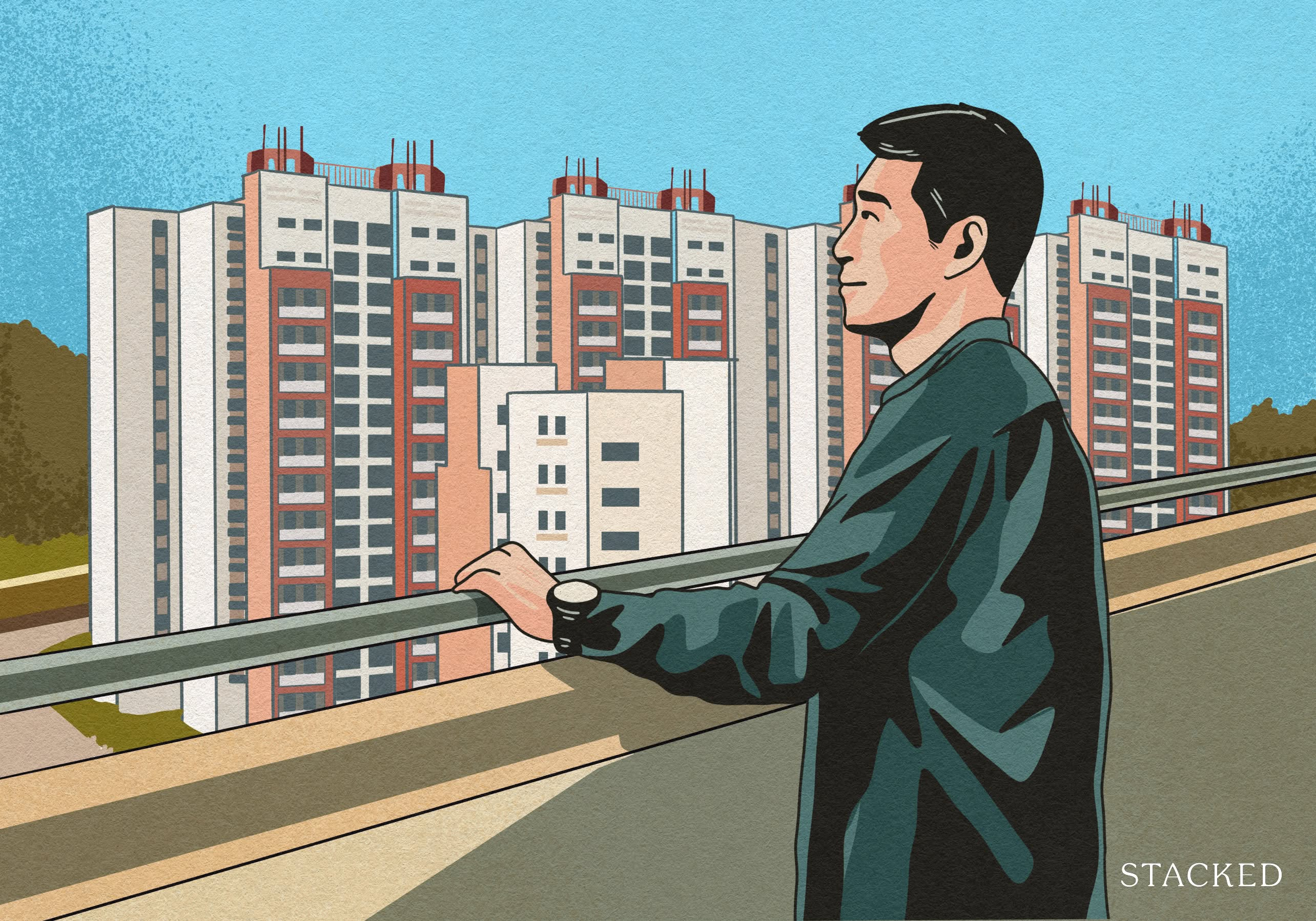
Editor's Pick What I Only Learned After My First Year Of Homeownership In Singapore
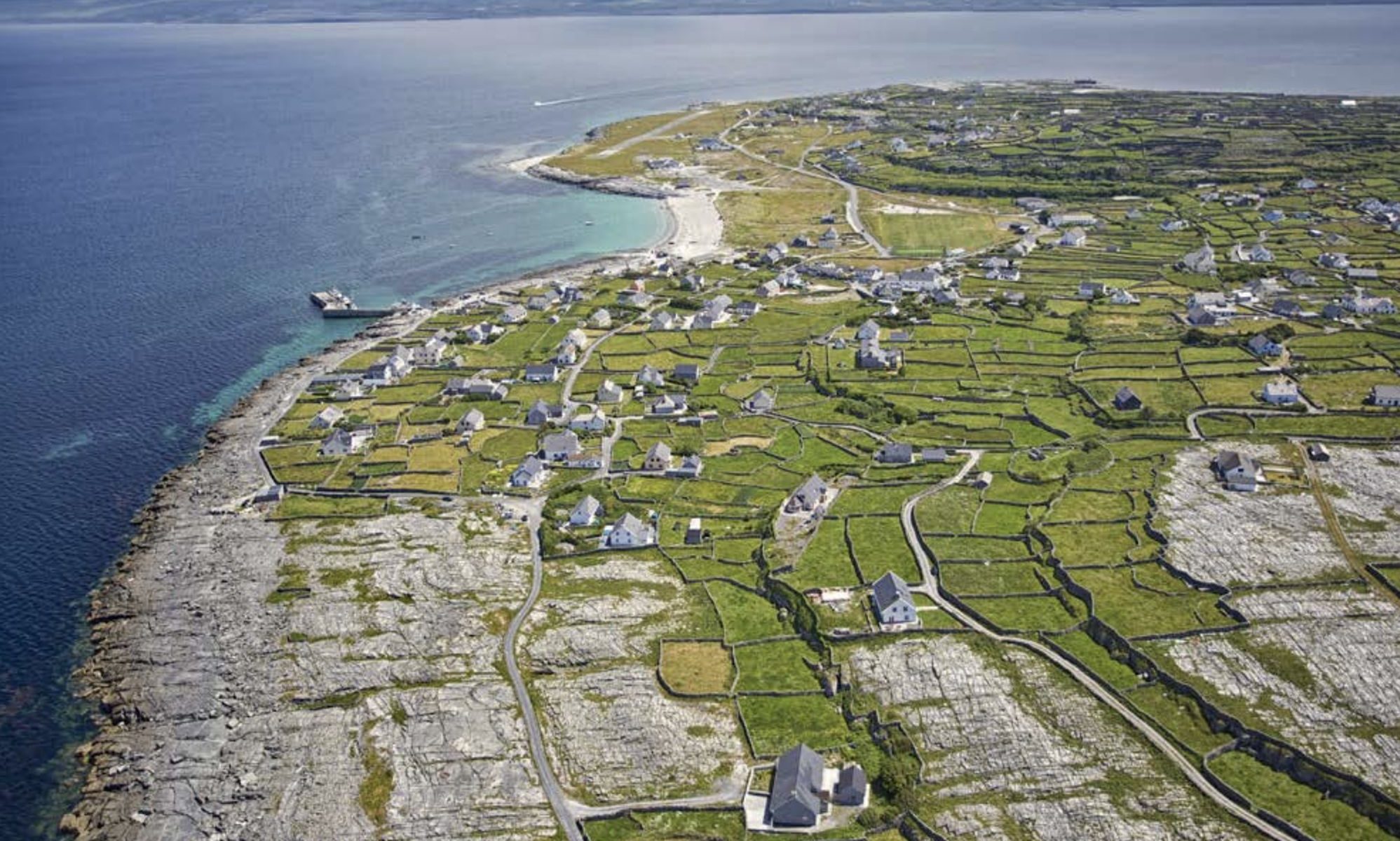
Singapore Property News Why More Land Doesn’t Automatically Fix Housing In Singapore
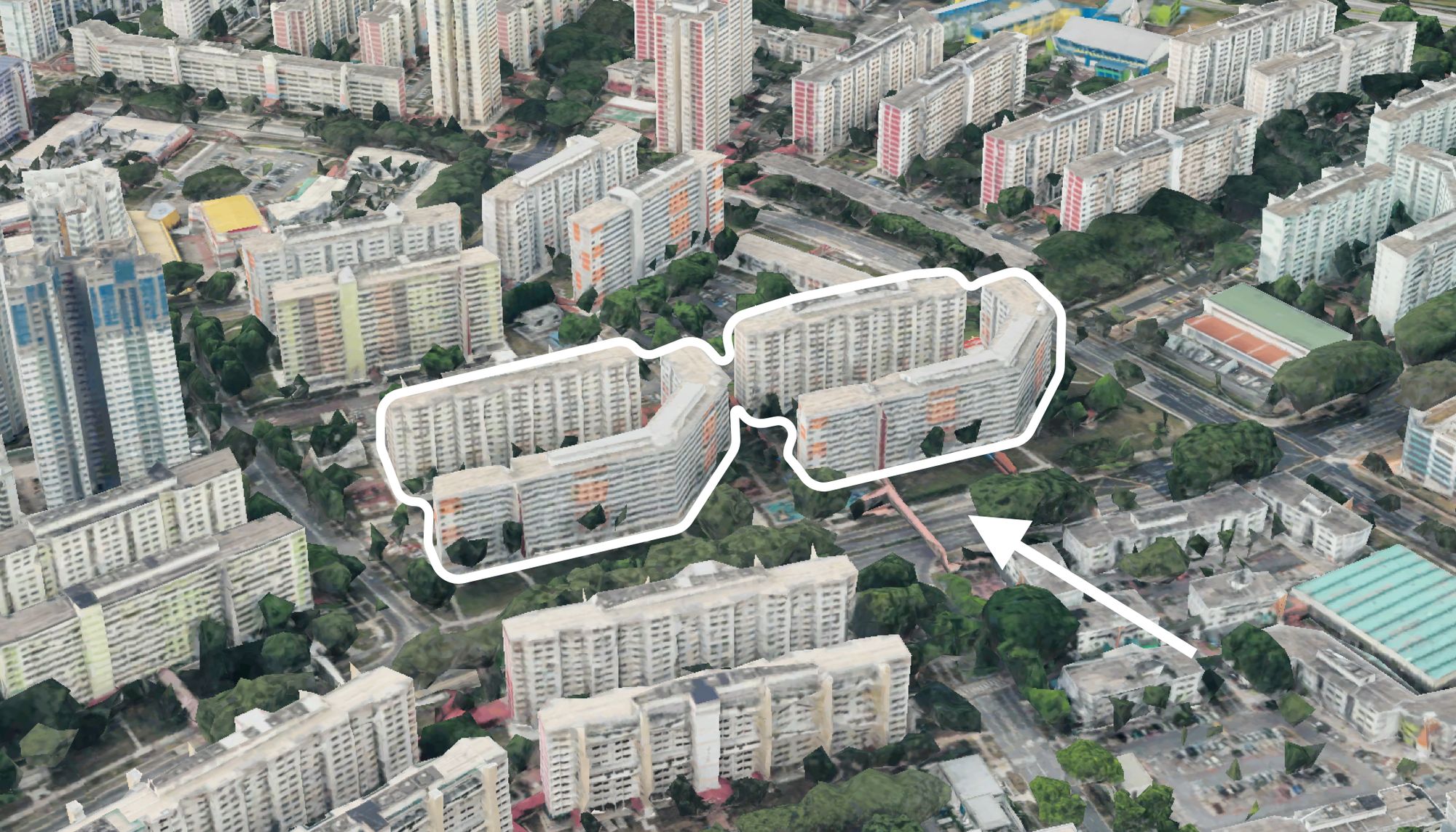
On The Market Here Are The Cheapest 4-Room HDB Flats in Central Singapore You Can Still Buy From $490K

Editor's Pick Should We Buy An Old 99-Year Leasehold Condo To Live In: Will It’s Value Fall When The Lease Runs Out?
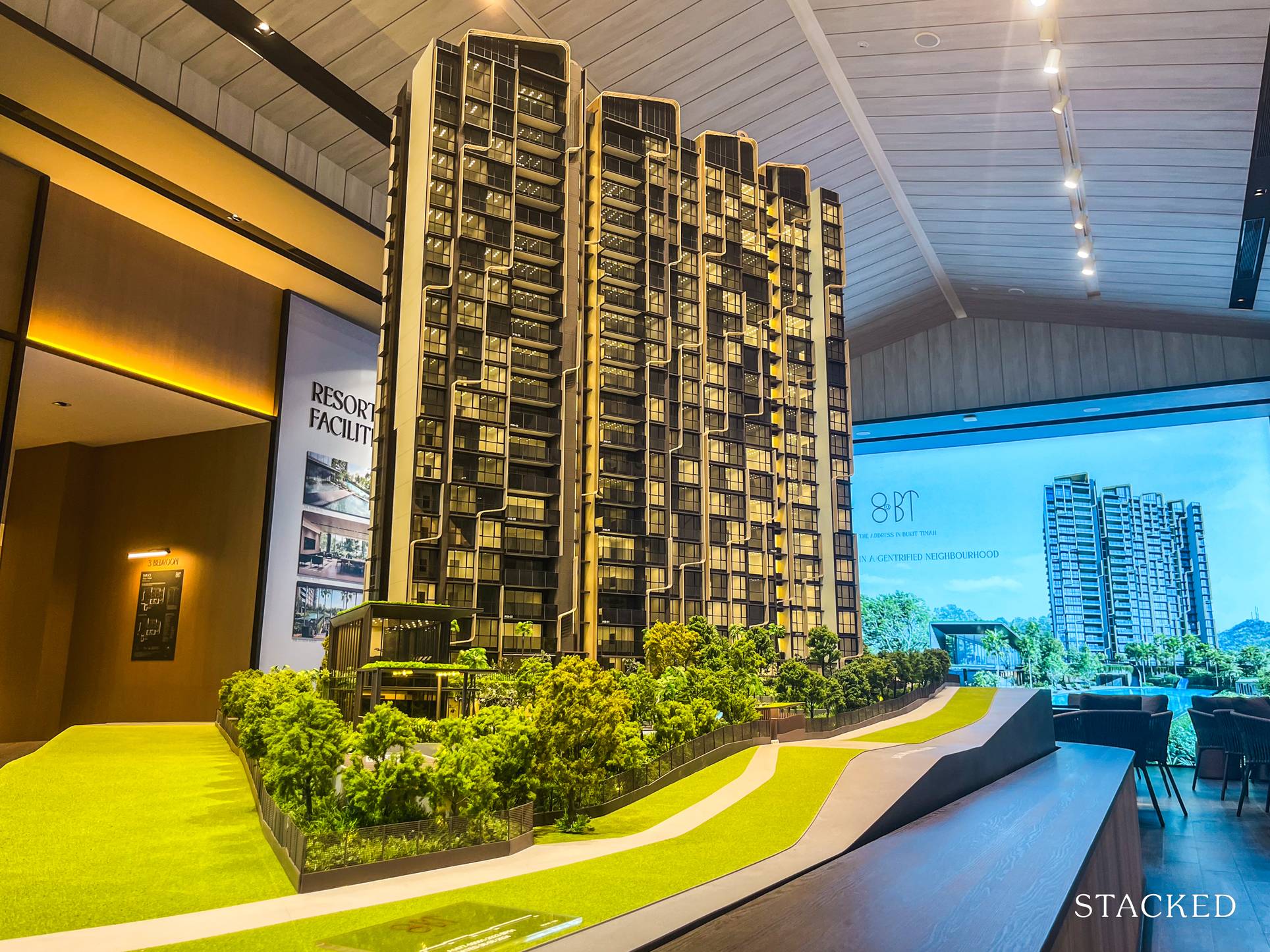
Editor's Pick I Reviewed A New Launch 4-Bedroom Penthouse At Beauty World


